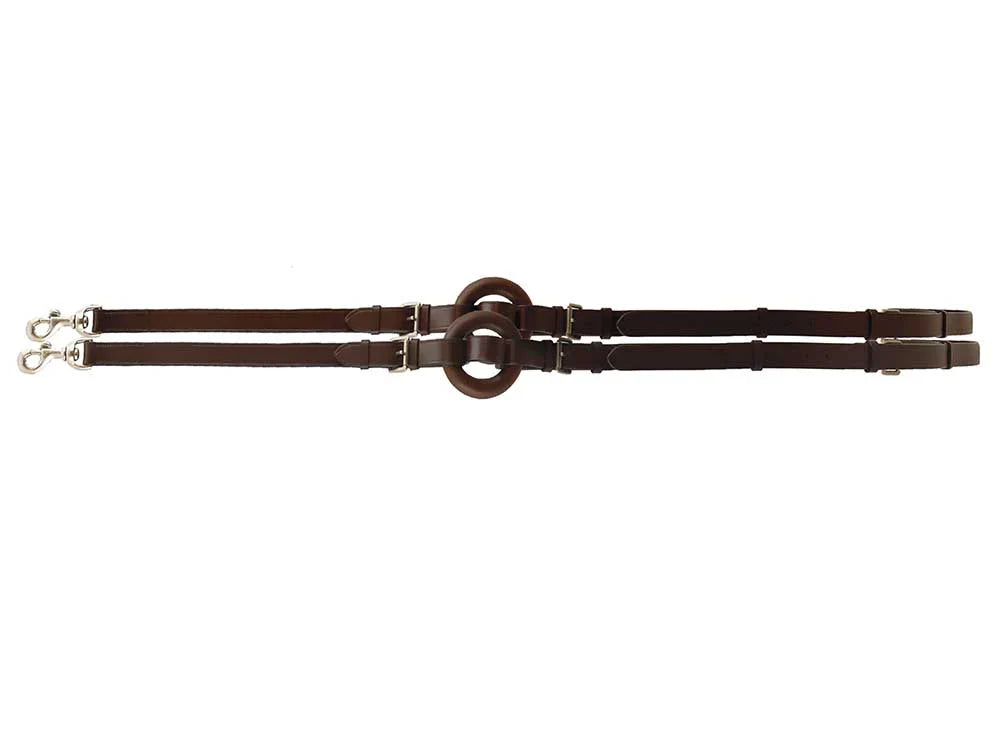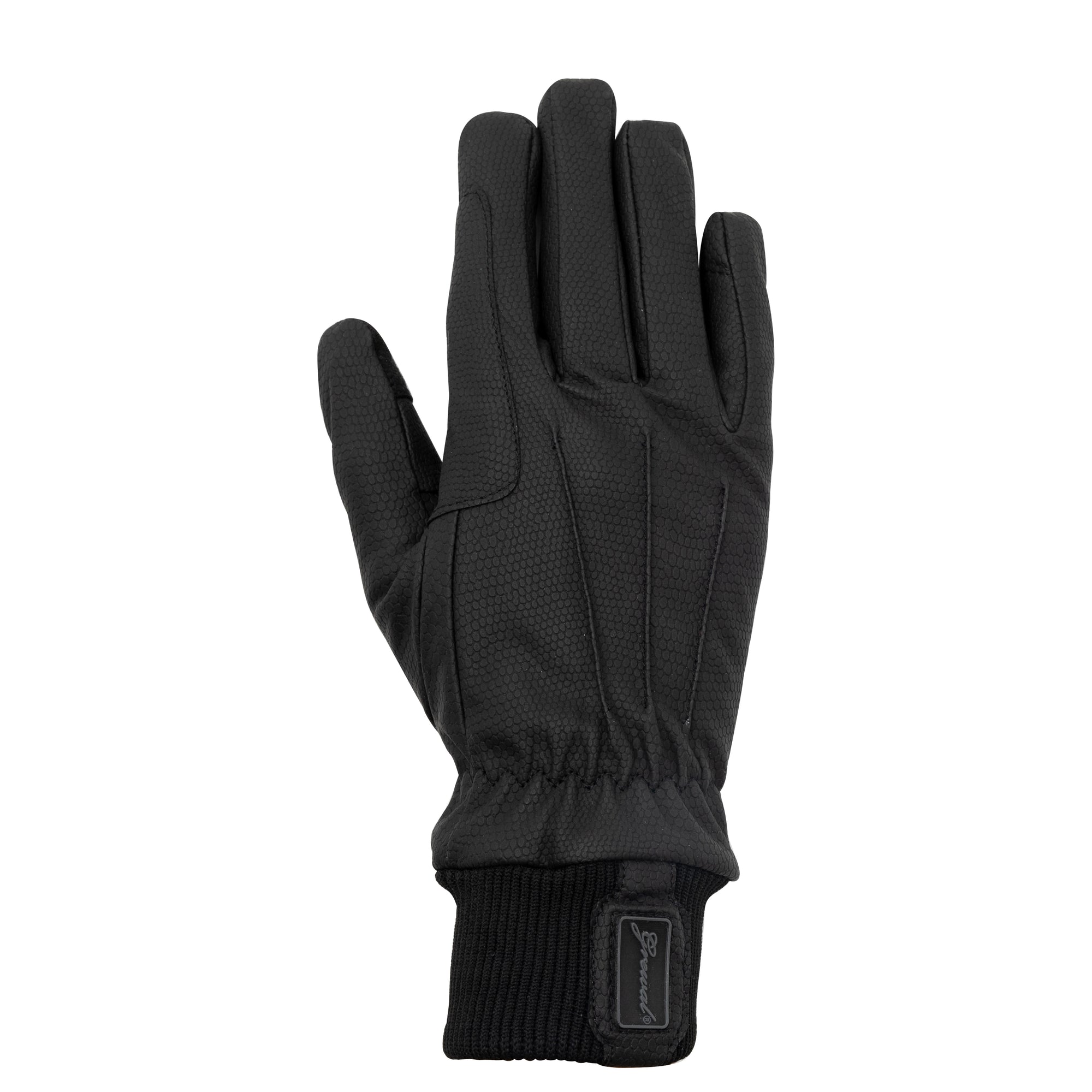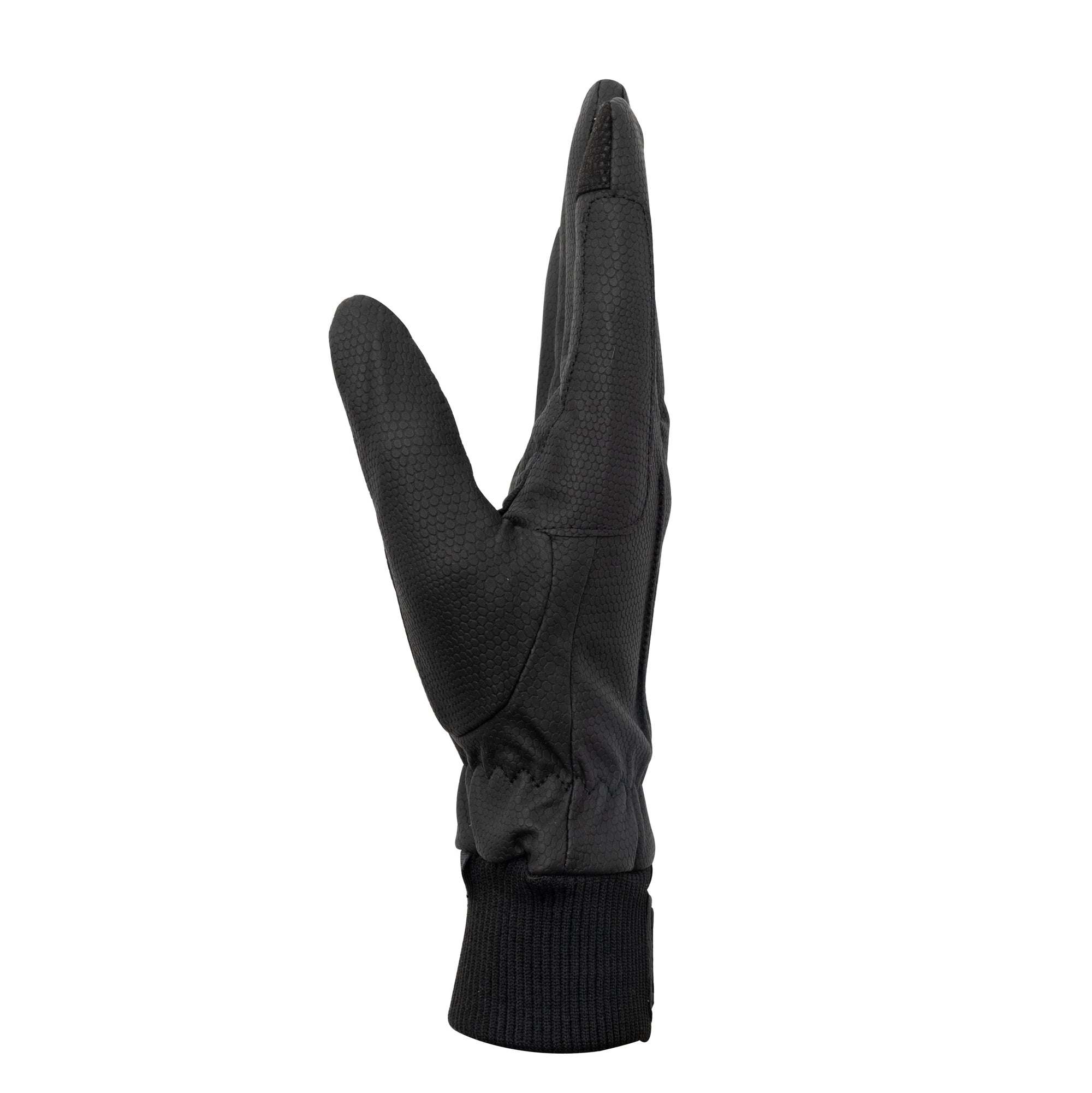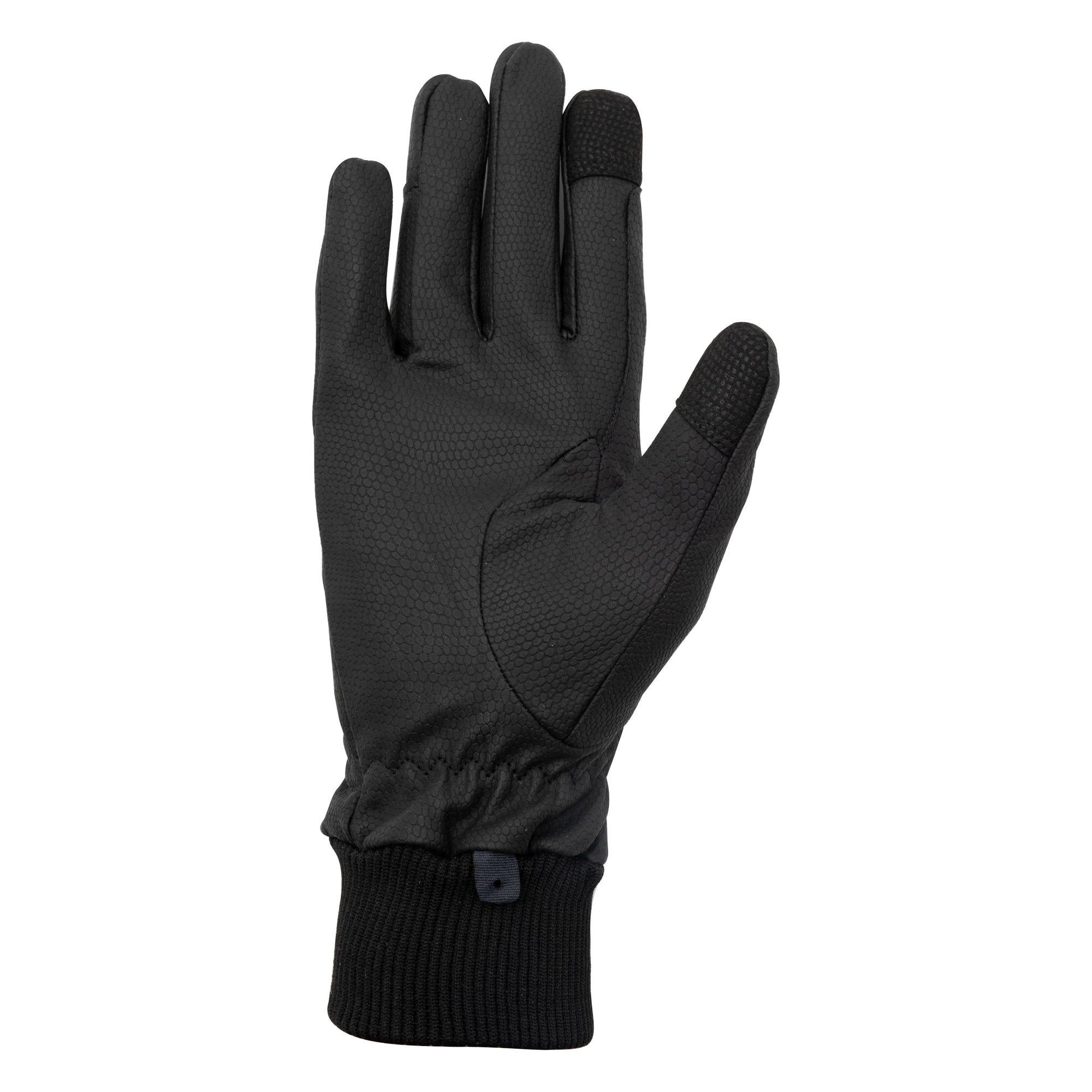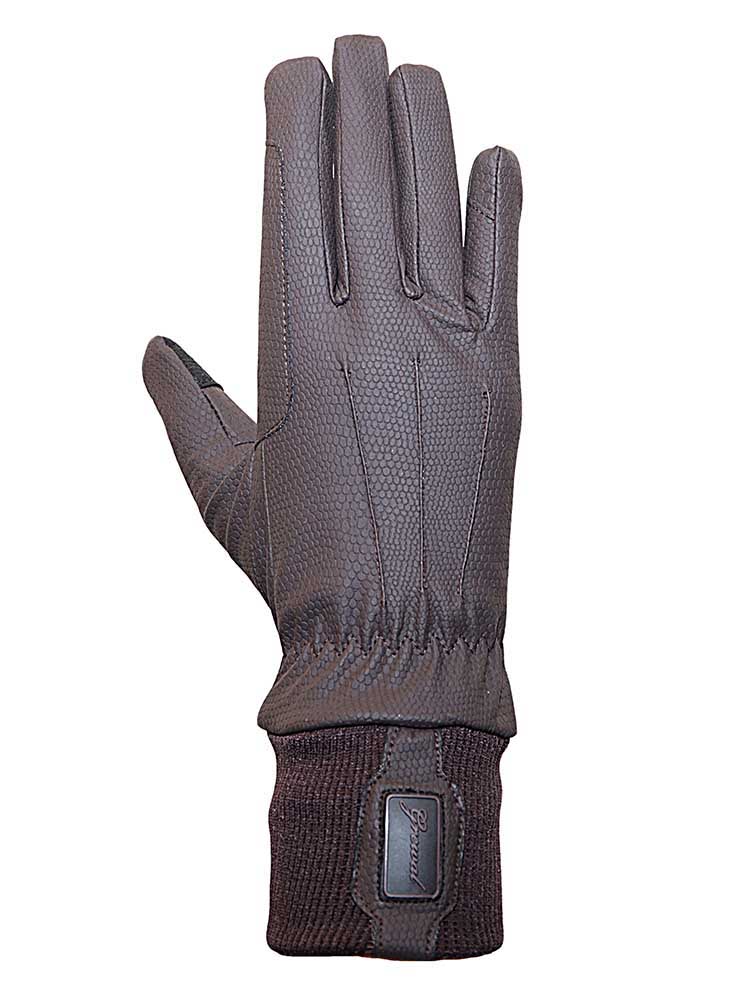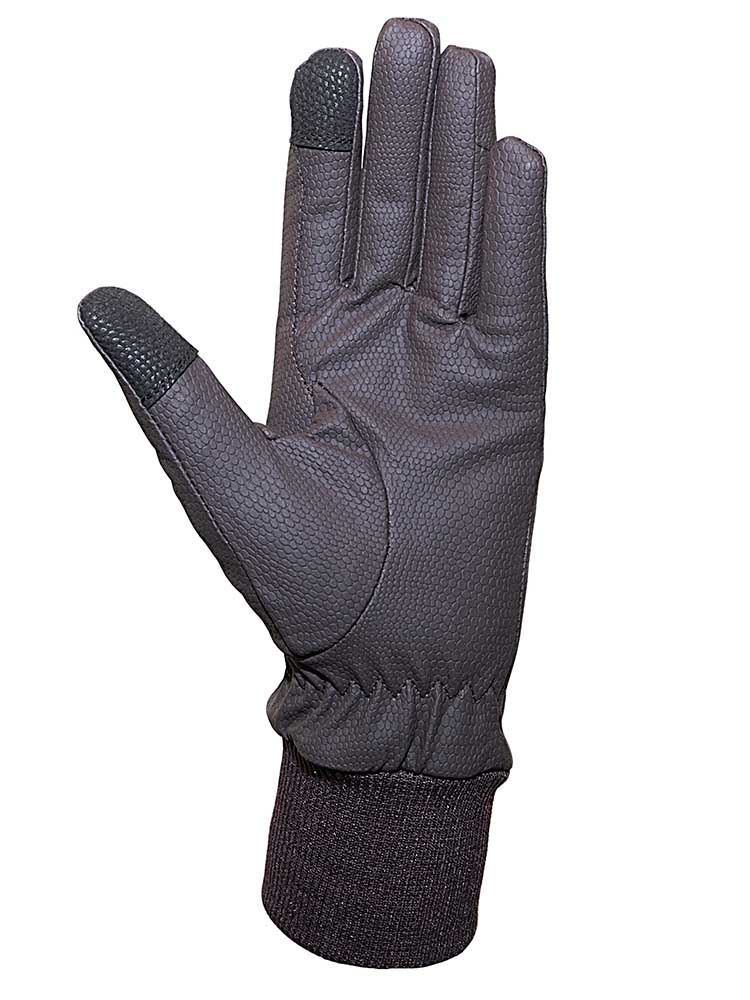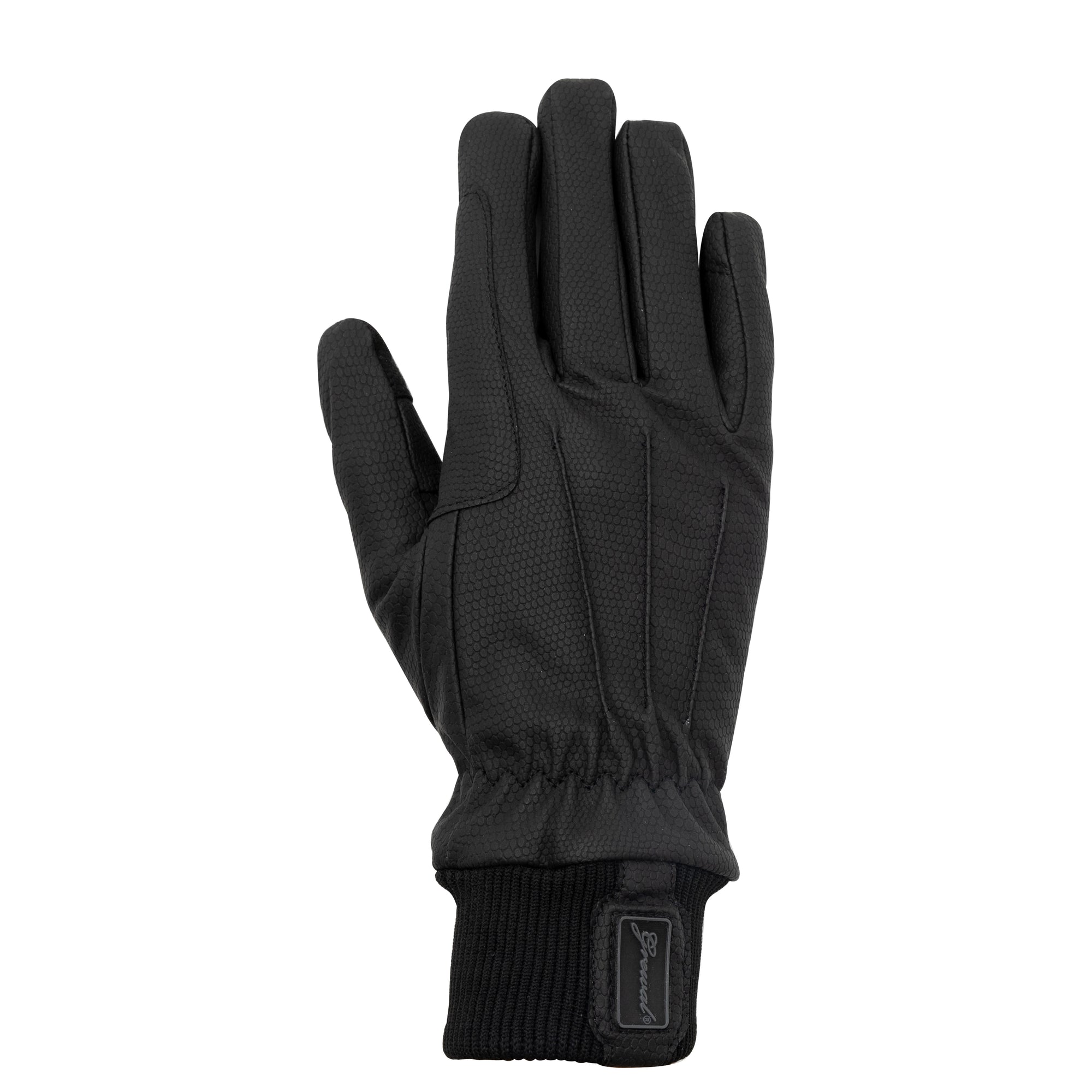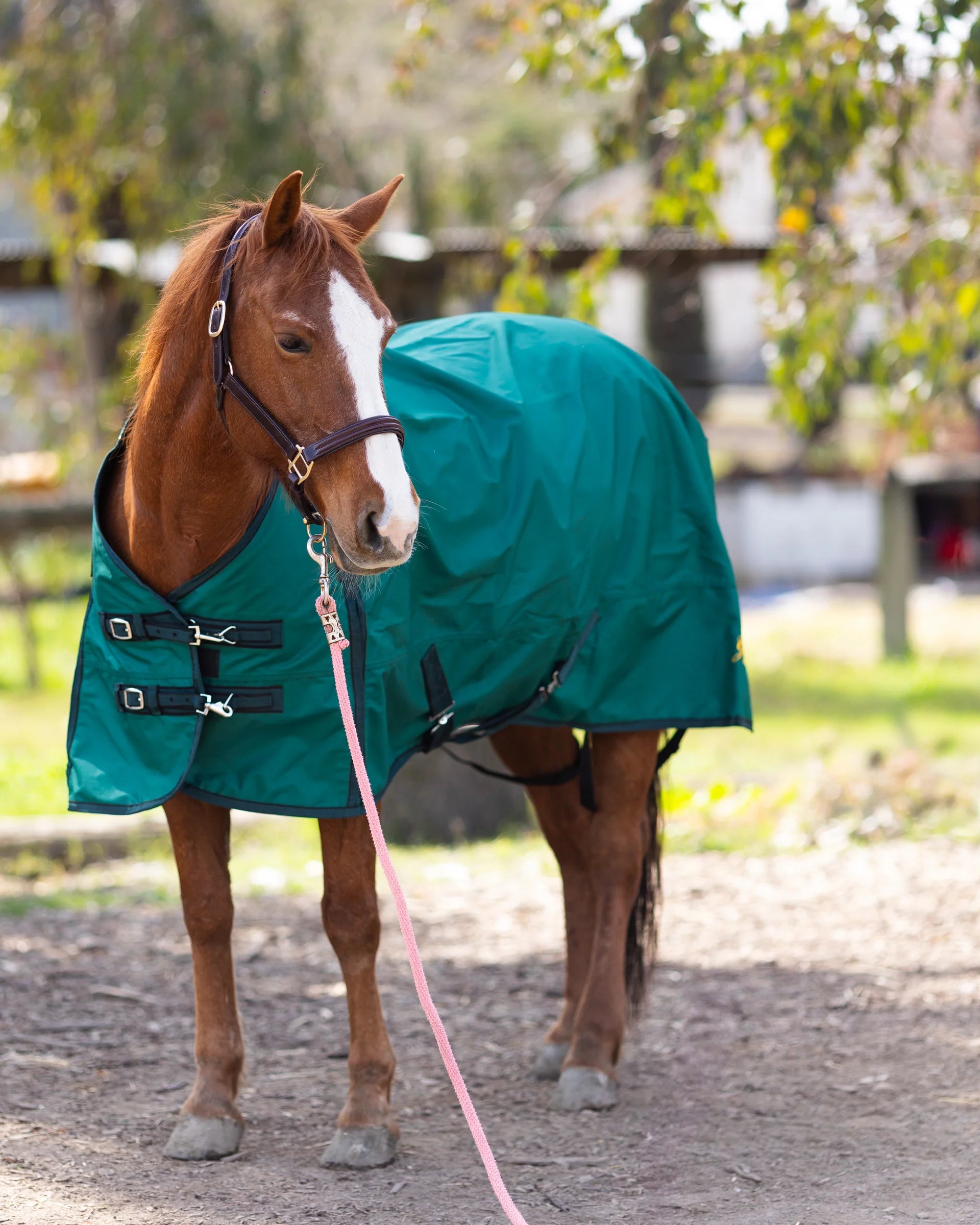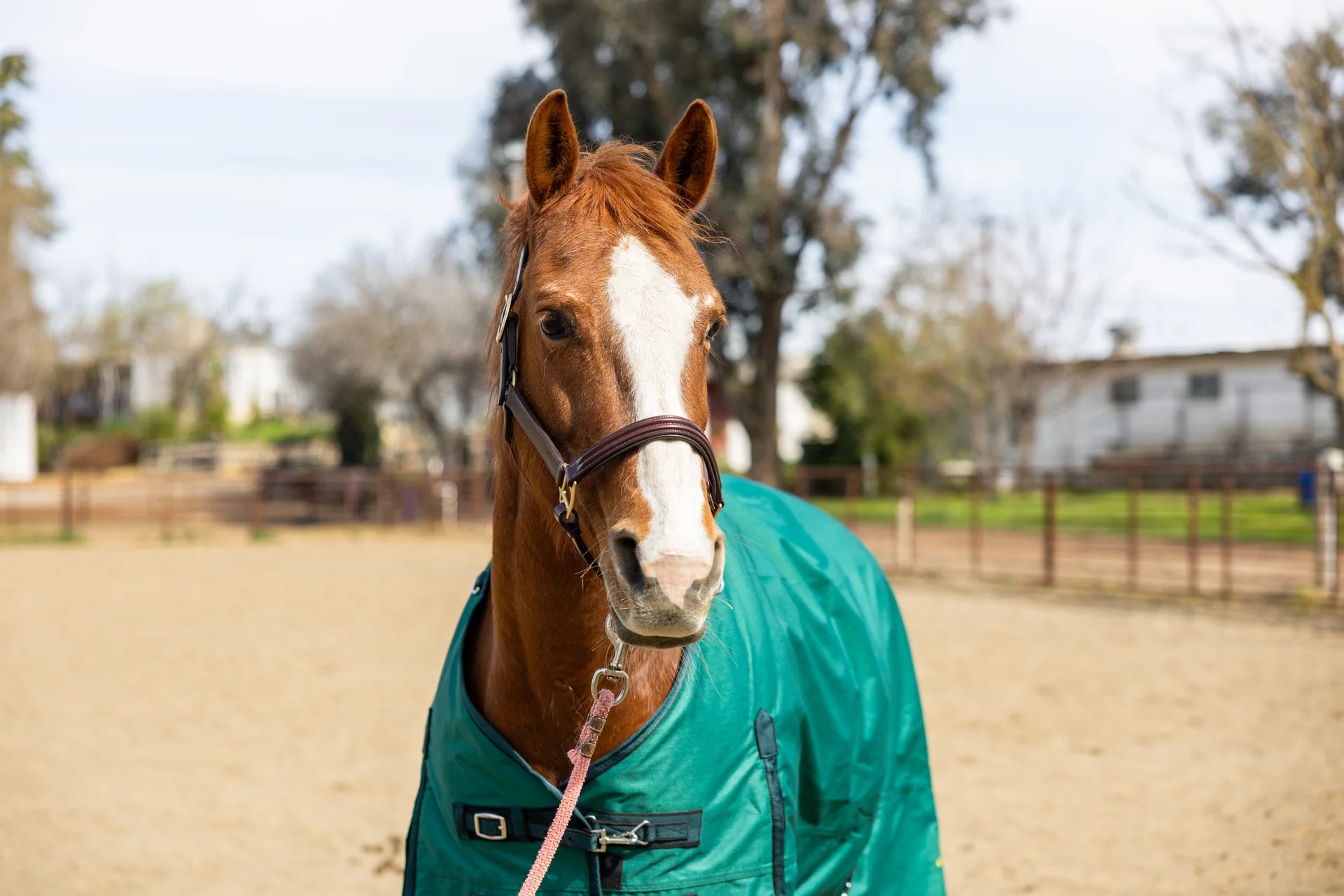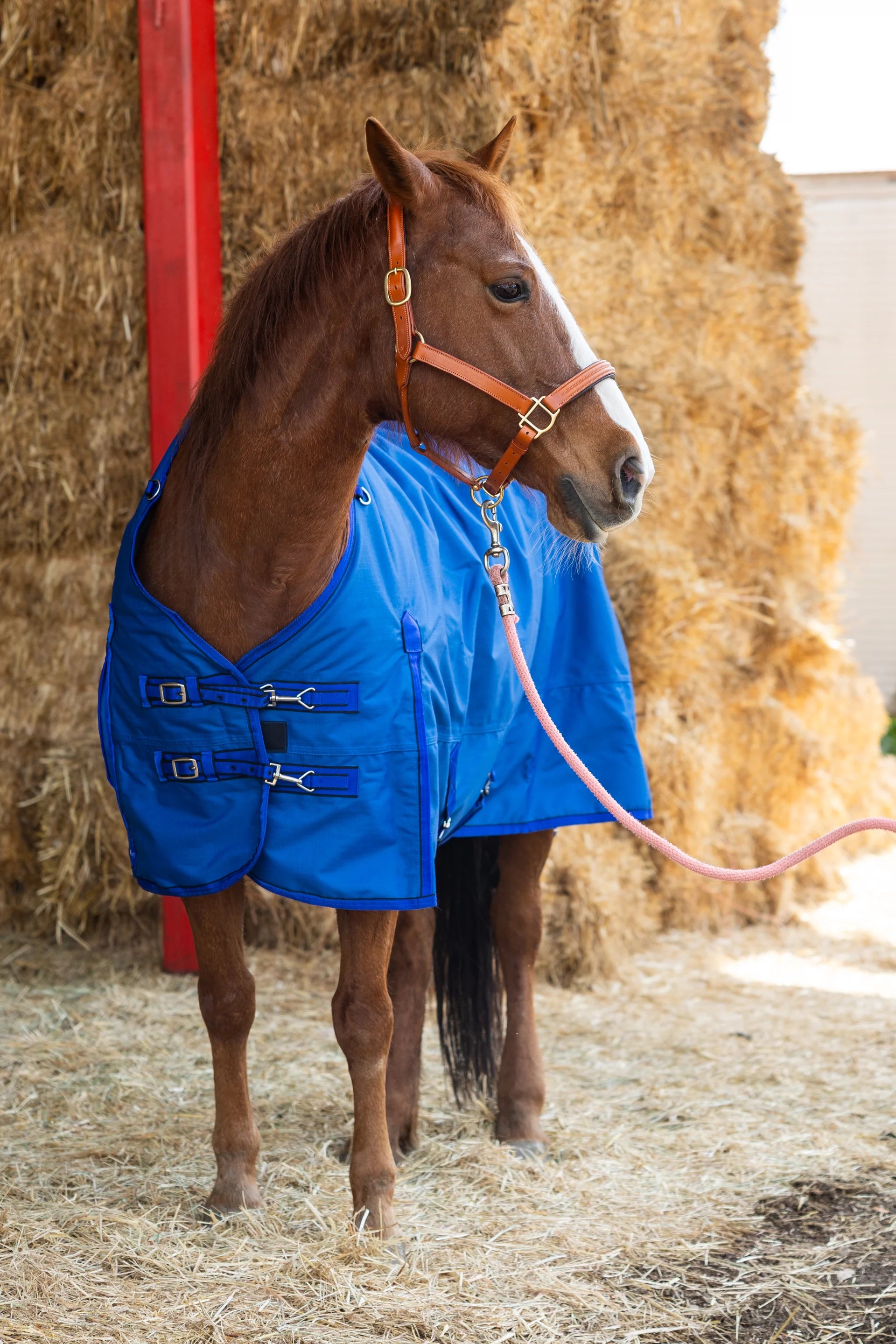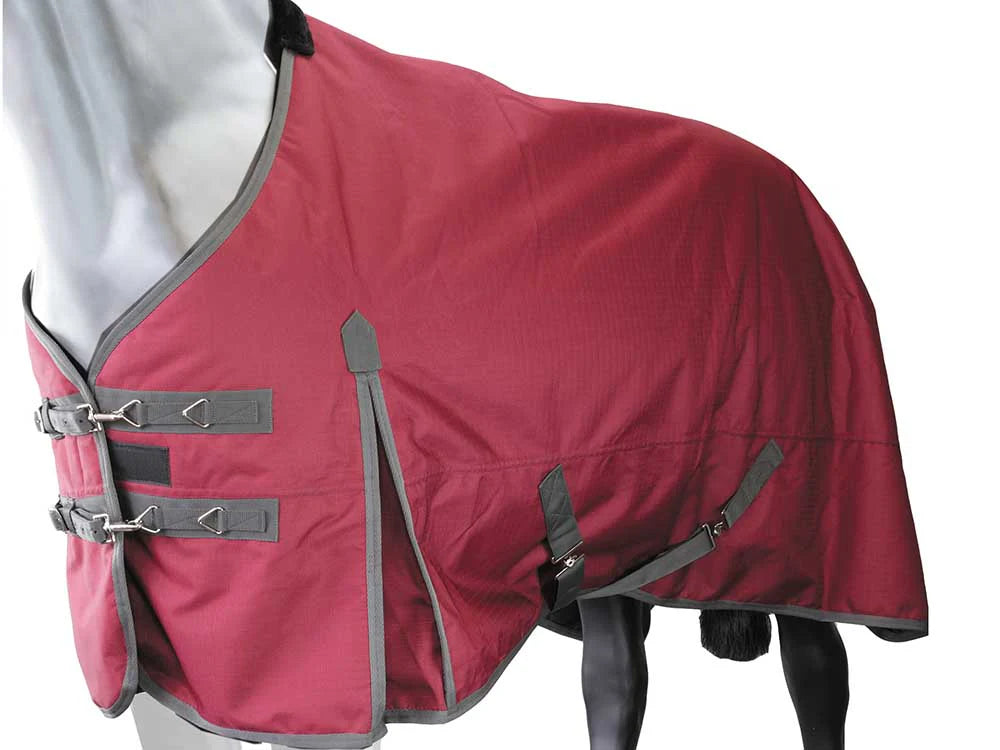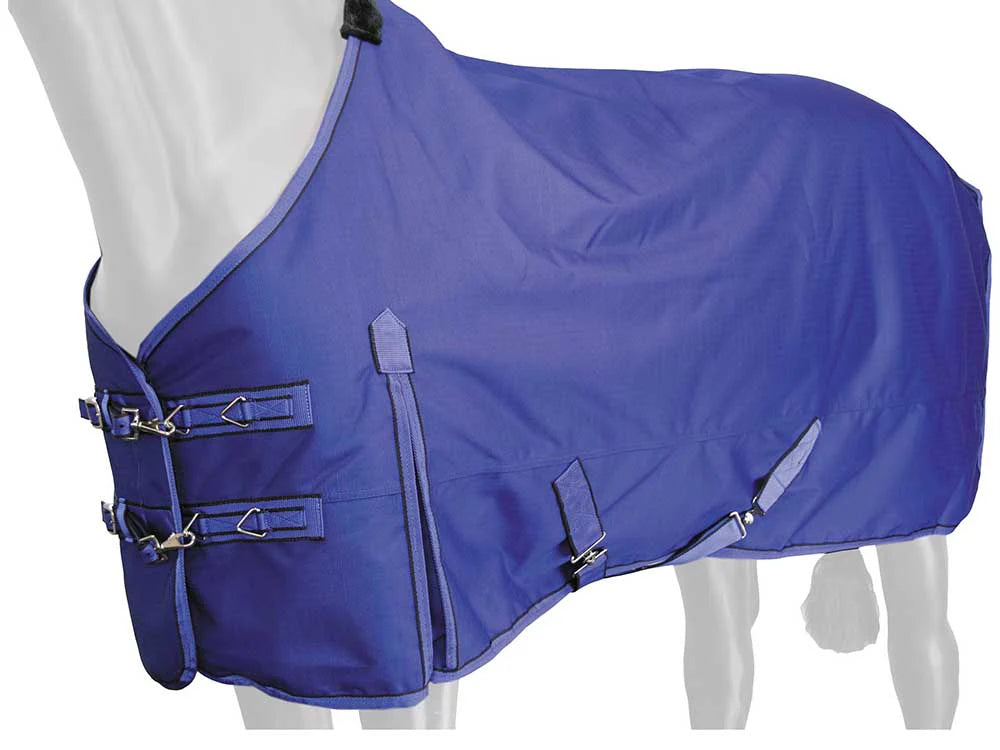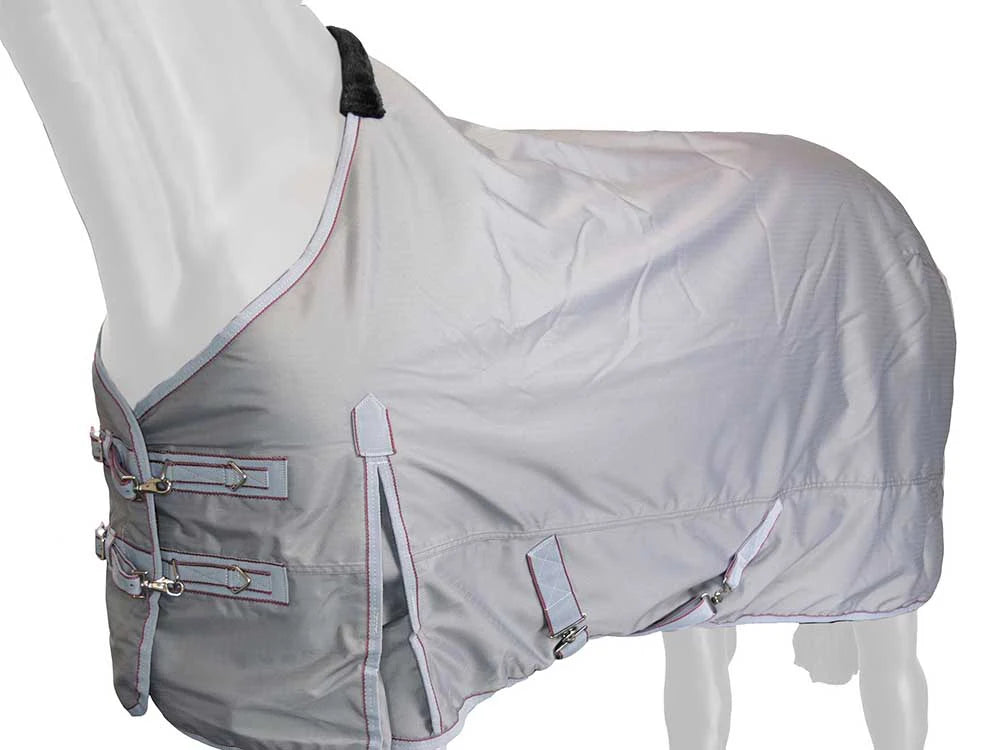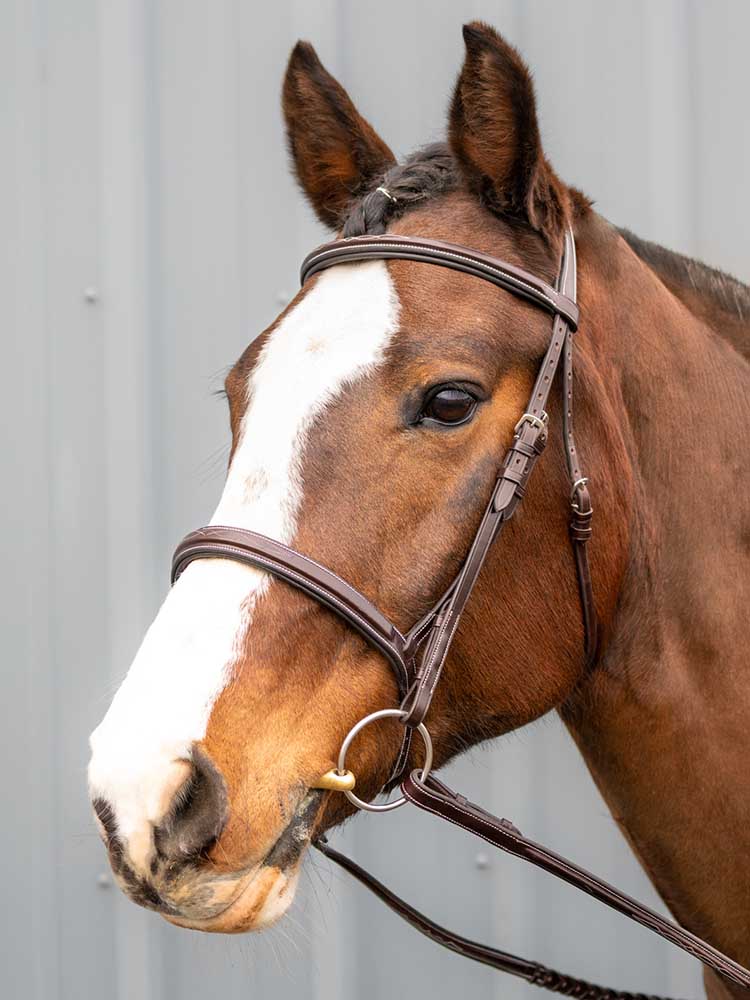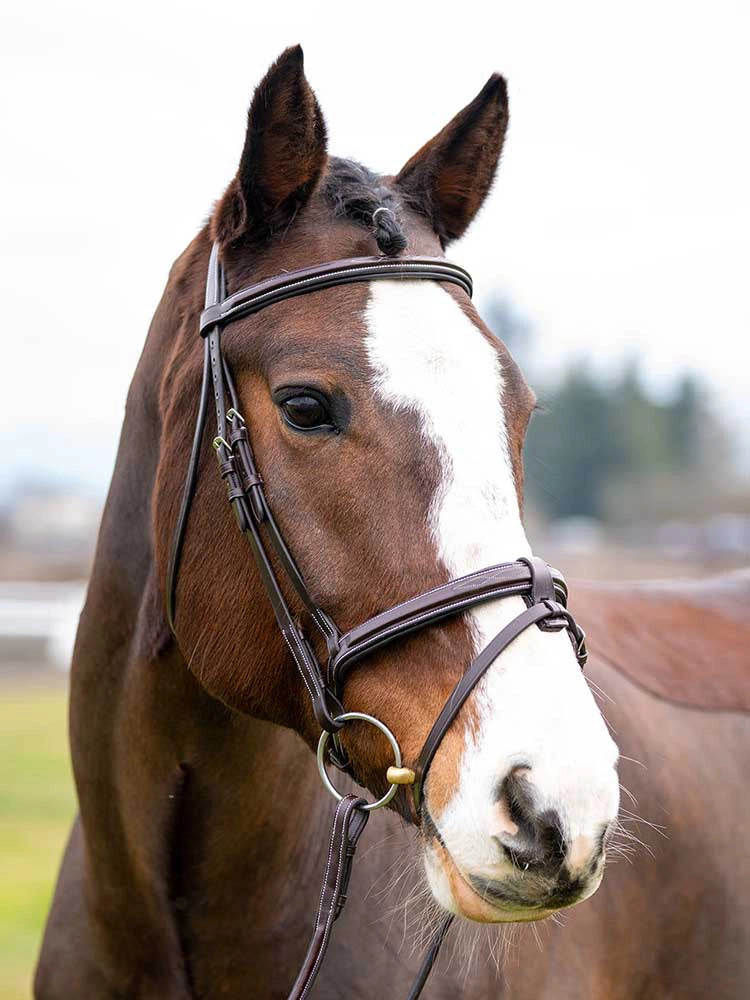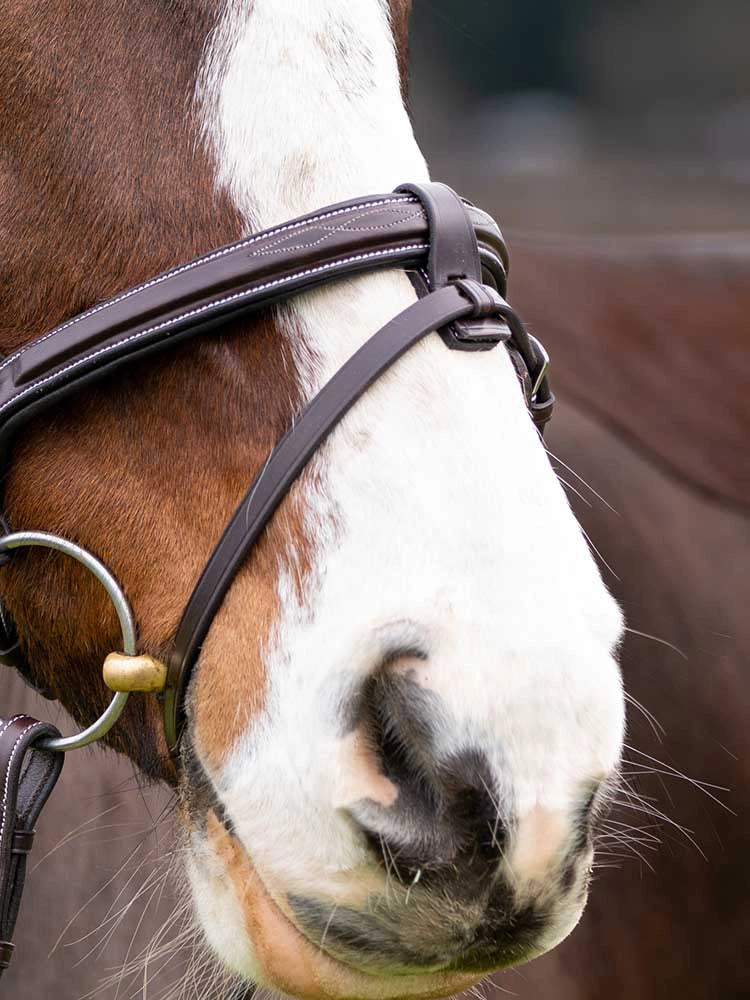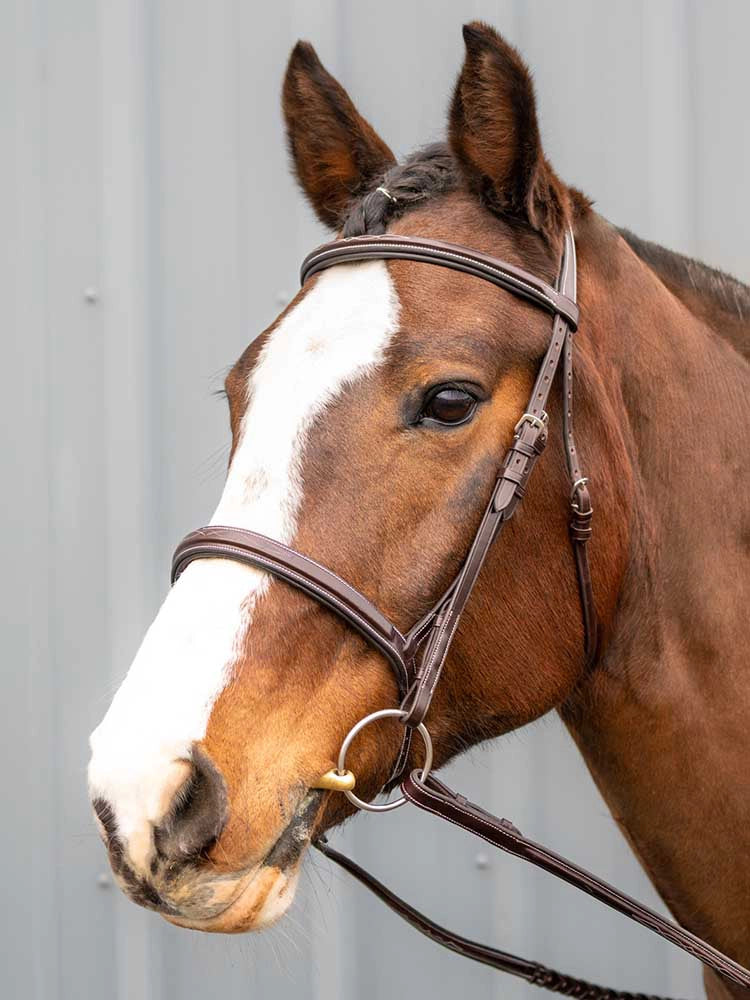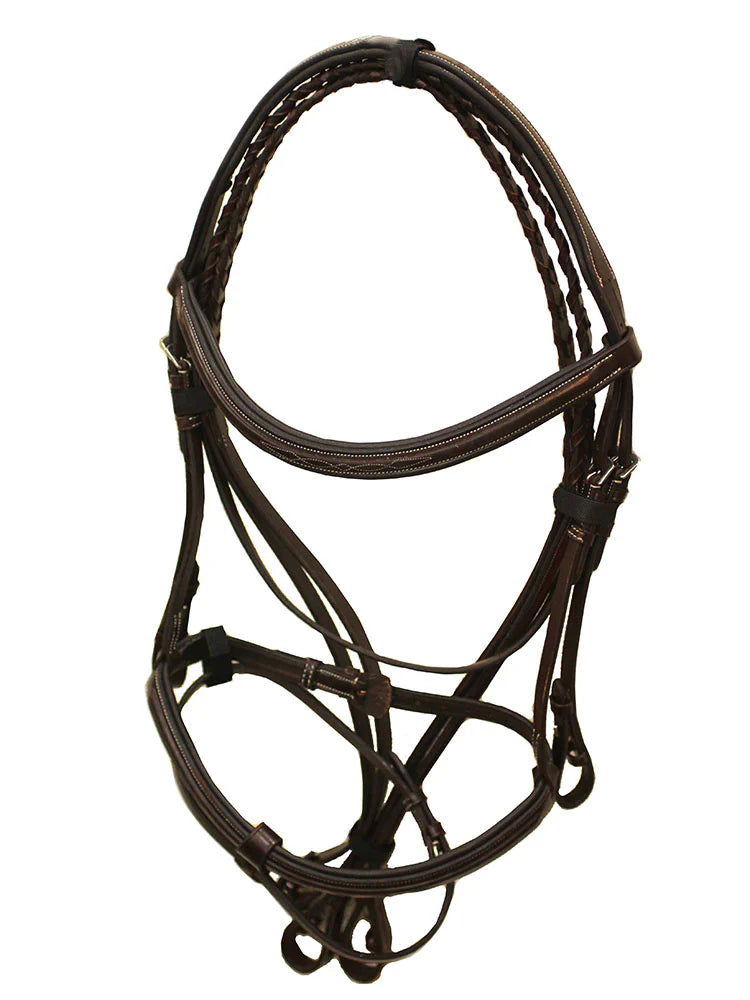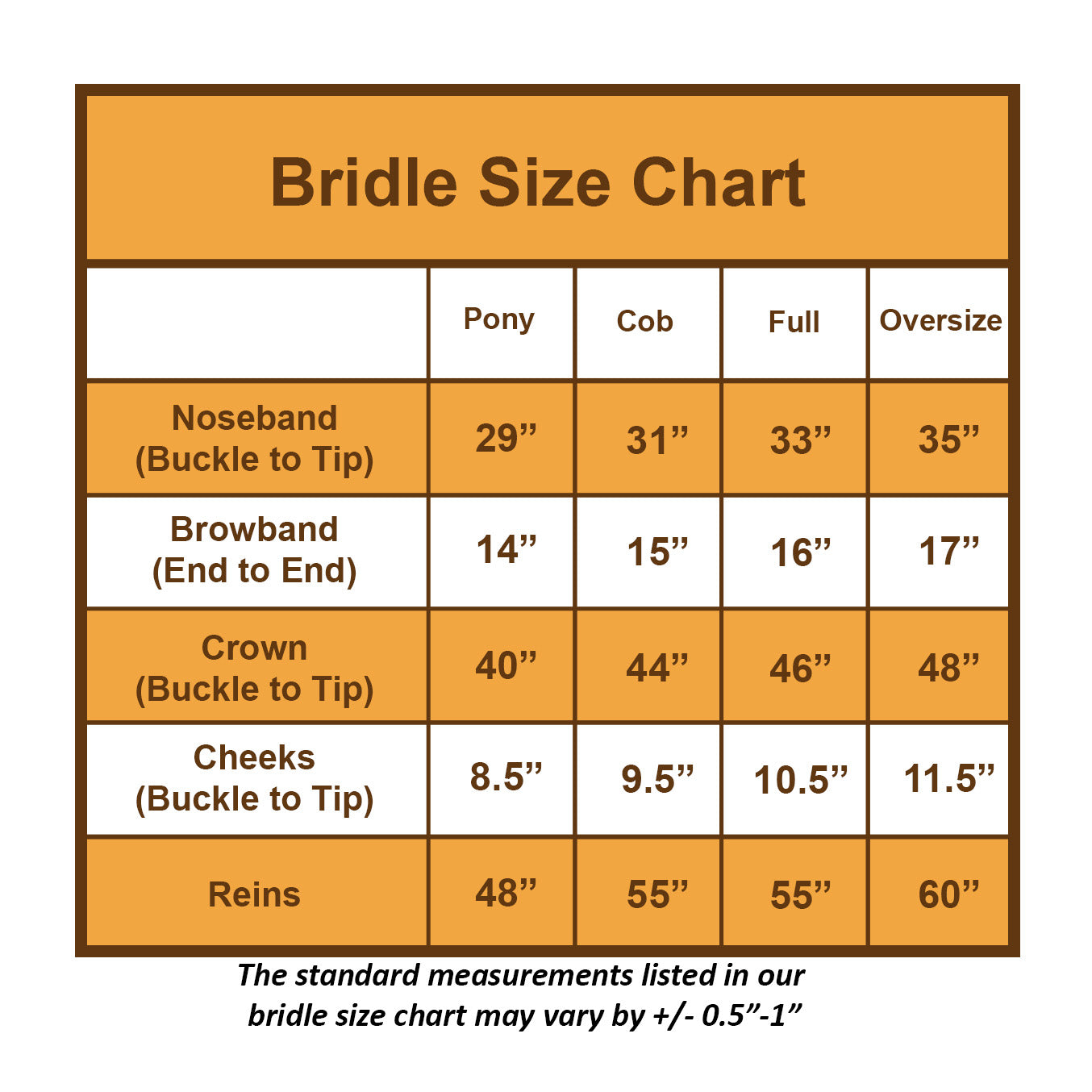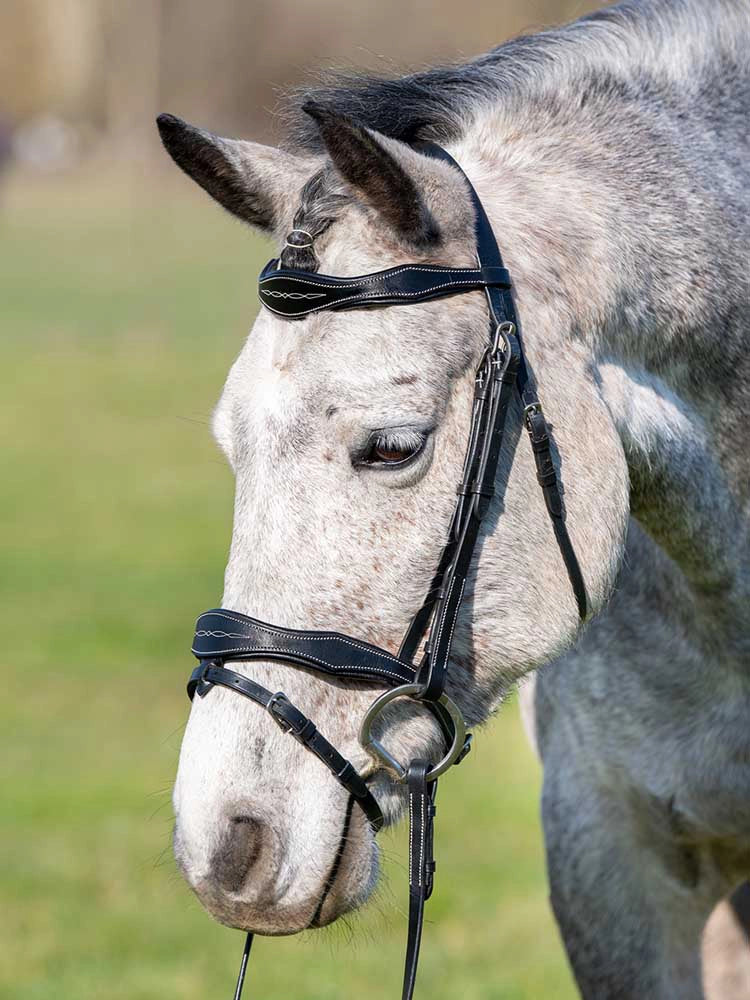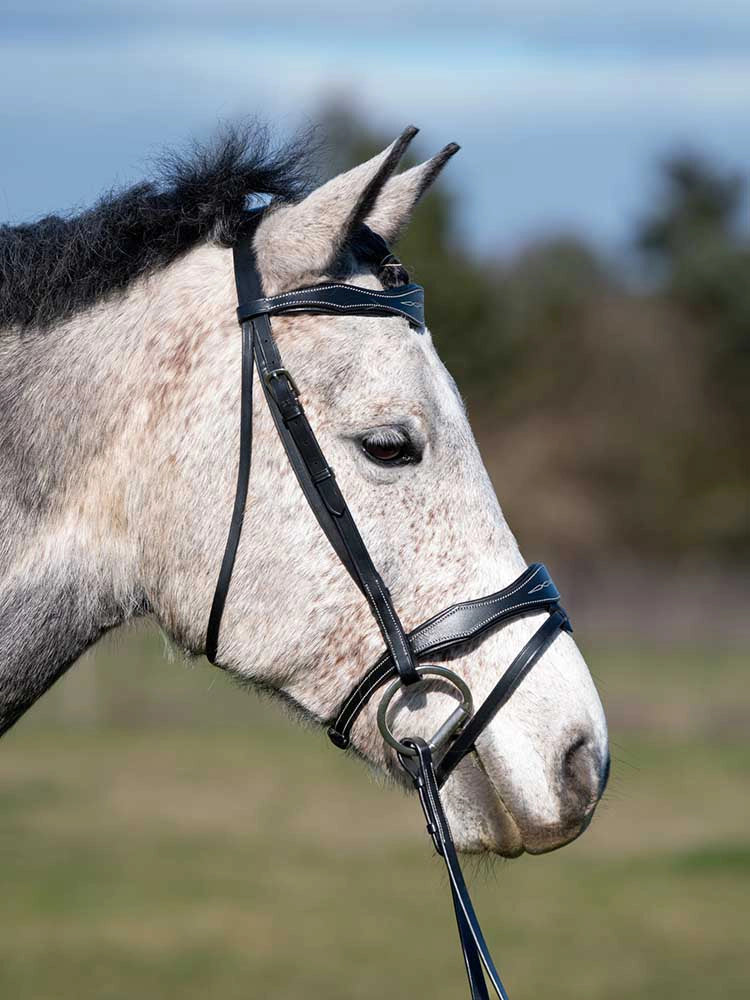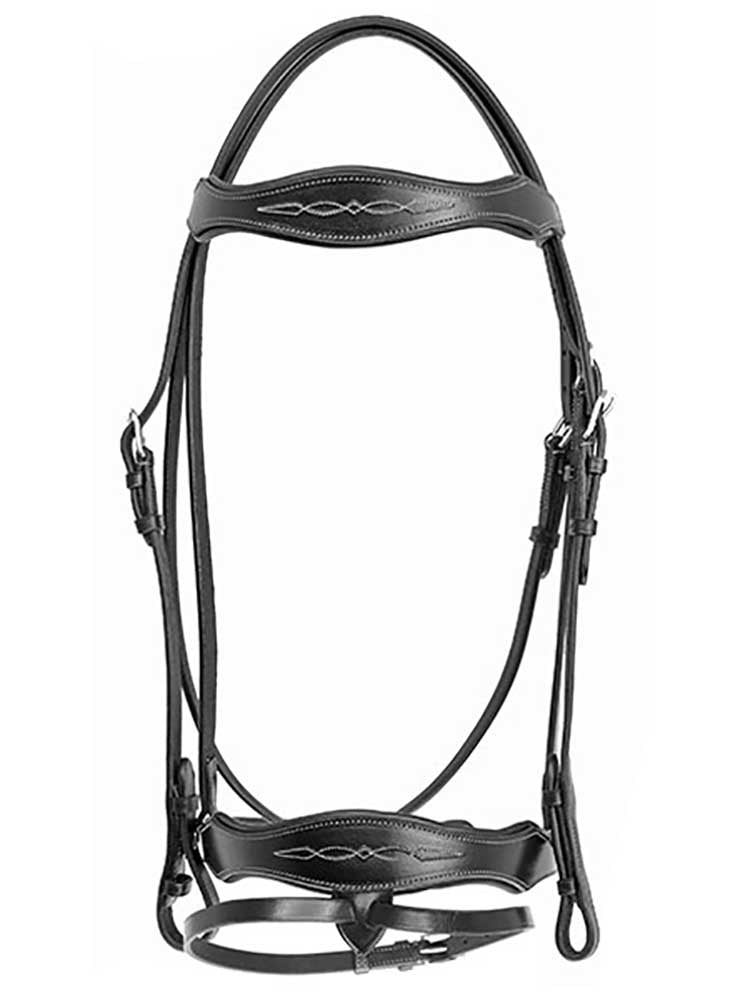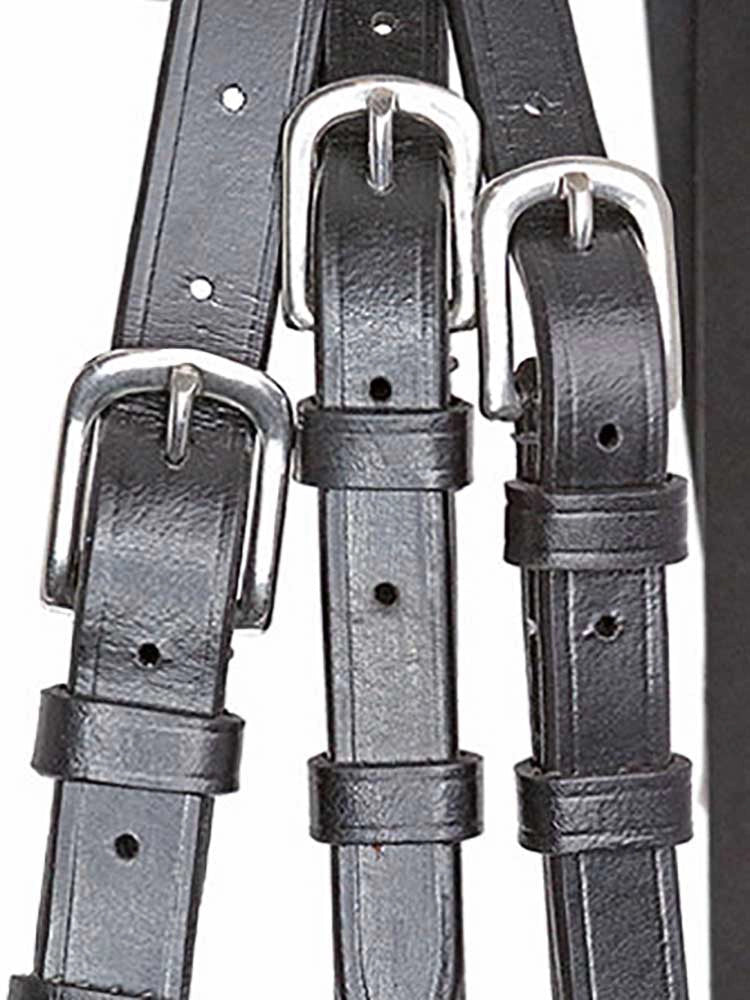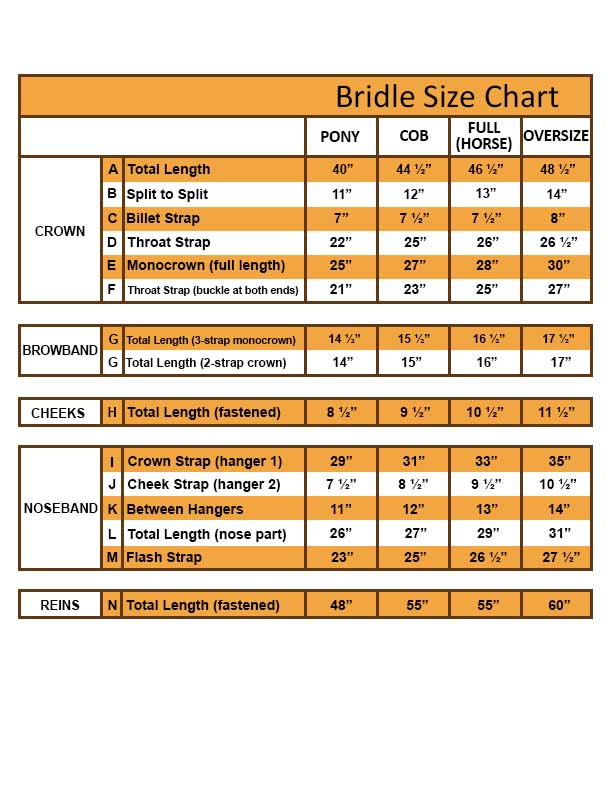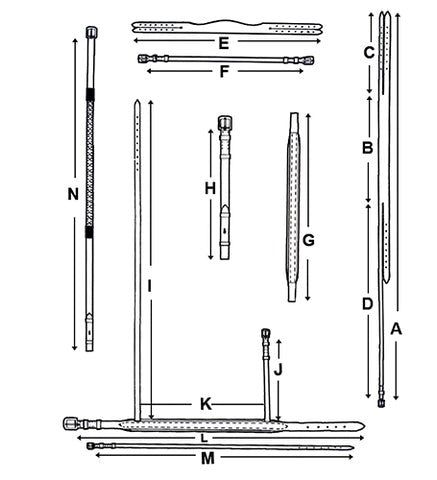Lunging your horse is more than just letting off steam. When done correctly, lunging with side reins becomes a powerful training tool that benefits horses young and old. Whether you're preparing a green horse for riding or refining the balance of a schooled horse, adding side reins to your lunge line routine can create real results in your horse’s posture, contact, and topline development.
Why Use Side Reins While Lunging?
Sure, lunging can take the edge off a fresh horse—but with side reins, it becomes a structured learning opportunity. By attaching side reins from the snaffle bit to a surcingle or your saddle's girth, you introduce consistent contact that helps your horse find balance and understand the rein aids without a rider onboard.
Keep sessions under 20 minutes to protect joints and tendons, especially in young or older horses.
Lunging with Side Reins for Young Horses
When starting a young horse, lunging with side reins is nearly as foundational as the lunge line itself. Once your horse is comfortable wearing a bit, you can introduce adjustable leather side reins with rubber rings.
These side reins offer:
-
Gentle, elastic pressure with rubber rings
-
Light contact when the horse’s head is in a natural position
-
A safe way to simulate rein pressure without sudden restrictions
Using a rubber snaffle, adjust the reins just enough to remove slack. If your horse throws his head too high or low, the give in the reins will encourage a soft, natural response rather than force.
As your young horse gains experience, you can gradually shorten the side reins to encourage a subtle flexion at the poll. This process introduces the concept of giving to the bit, while promoting balance at the walk, trot, and canter—all without the weight of a rider.

Lunging with Side Reins for Older Horses
If your horse is already under saddle, lunging with side reins remains an excellent way to maintain and refine his training. On rest days or during groundwork sessions, side reins can help reinforce:
-
Proper contact with the bit
-
Consistent balance and bend on a circle
-
A rounder, more collected frame
To encourage proper bending, shorten the inside side rein by one or two holes more than the outside rein. This helps prevent your horse from leaning in or tipping his nose to the outside of the circle; common issues when lunging without rein support.
How Side Reins Improve Movement and Muscle Development
With proper adjustment, lunging with side reins does more than shape contact—it improves your horse's way of going. Here’s how:
-
Encourages collection: Shortened reins prompt flexion at the poll and a rounder outline.
-
Lifts the back: As the horse drops his neck and accepts contact, he activates core and back muscles.
-
Improves stride: A lifted back leads to a more elastic, forward-moving trot and canter.
-
Builds topline: Regular lunging helps strengthen the musculature needed to carry a rider comfortably.
Over time, these physical and mental improvements create a more rideable, happy horse.
Lunging with Side Reins for Beginner Riders
Side reins are also helpful when lunging with a rider, especially beginners. Riding on the lunge line helps students develop an independent seat, and side reins help keep the horse balanced and steady. This allows beginners to focus on their position and movement without needing to steer.
Important: Side reins are only for use during lunging. Never ride independently with side reins, as they do not allow for necessary rein release in emergencies.
Make the Most of Your Lunging Sessions
Most riders don’t lunge every day, but when you do, make it count. Lunging with side reins transforms a simple exercise into a structured opportunity to improve your horse’s contact, balance, and fitness. With consistent use, you'll notice better responsiveness under saddle and greater muscle development.
Investing in a pair of quality side reins, like our Adjustable Leather Side Reins with Rubber Rings, can help you and your horse progress faster and more comfortably.
Pro Tip: Always adjust side reins with your horse's natural headset in mind. They should never force a position, only guide.
